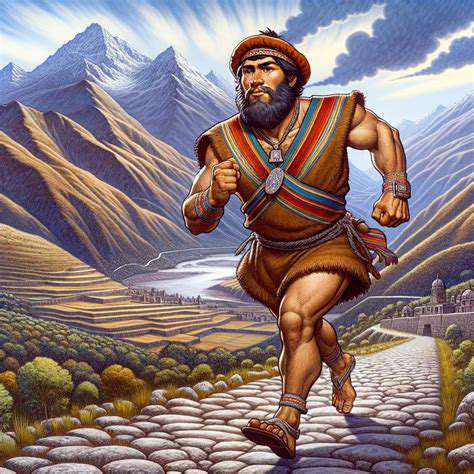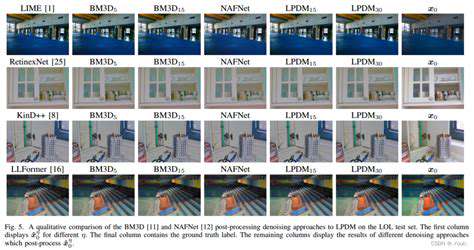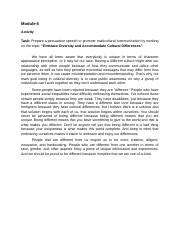Exploring Ancient Egypt: A Historical Itinerary
Following the Old Kingdom's decline, the Middle Kingdom emerged as a period of renaissance. Power became more distributed, and society saw increased mobility. Administrative reforms created opportunities for talented individuals beyond the royal court, while literature flourished with works exploring complex themes still relevant today. Temples from this era show architectural innovations that would influence generations of builders.
The New Kingdom represents ancient Egypt's imperial zenith. Military campaigns extended Egyptian influence further than ever before, while the Valley of the Kings became the final resting place for rulers whose wealth and power seem almost unimaginable today. What's particularly fascinating is how this period saw Egyptian culture absorbing and adapting foreign influences while maintaining its distinctive character. The artistic output from this time shows both technical mastery and creative experimentation.
This golden age couldn't last forever. As external pressures mounted and internal divisions grew, Egypt's power gradually waned. Yet even in decline, the civilization continued influencing its neighbors, leaving a legacy that would shape the Mediterranean world for centuries to come.
Exploring the Predynastic and Early Dynastic Periods

Early Dynastic Period
Between 3000-2686 BCE, Egypt underwent a political revolution as local chieftains transformed into divine kings. The establishment of centralized rule during this period represents one of humanity's first experiments with large-scale governance. Early administrative records show meticulous tracking of resources, while royal tombs grew increasingly elaborate, signaling the growing power of the ruling class.
Predynastic Period
Before unification, the Nile Valley hosted diverse cultures with distinct pottery styles, burial practices, and local deities. Archaeologists can trace the gradual blending of these regional traditions through artifacts that show stylistic elements slowly merging over generations. The development of proto-hieroglyphs during this time suggests communication needs were becoming more complex as trade networks expanded.
Development of Hieroglyphs
The evolution of Egyptian writing mirrors the civilization's growing sophistication. What began as simple accounting marks developed into a flexible system capable of recording poetry, medical texts, and historical events. This writing system's durability - remaining in use for over three millennia - speaks volumes about its effectiveness and adaptability.
Social Structures and Beliefs
Early Egyptian society developed a delicate balance between centralized authority and local traditions. Burial evidence shows social stratification emerging, while religious artifacts reveal a worldview deeply connected to natural cycles. These early belief systems would evolve into the complex mythology we associate with ancient Egypt, but their roots lie in these formative periods.
Monumental Architecture
The first large-scale structures in Egypt weren't pyramids, but massive mudbrick tombs called mastabas. These experimental designs represent the crucial first steps toward the architectural wonders that would follow. Engineers learned valuable lessons about load-bearing and materials that would enable later achievements.
Unification of Egypt
The merging of Upper and Lower Egypt wasn't a single event but a prolonged process involving both conflict and cultural exchange. This unification created something greater than the sum of its parts - a civilization capable of marshaling resources on an unprecedented scale. The famous Narmer Palette likely commemorates a key moment in this ongoing process.
Unveiling the Grandeur of the Old Kingdom

Preserving History's Echoes
Ancient structures speak to us across time, not through words but through their very existence. Each stone block in a pyramid or temple wall carries implicit knowledge about the society that created it. Modern preservation efforts aim to protect these physical connections to our shared human past.
Architectural Marvels of the Past
The precision of Old Kingdom architecture continues to astonish engineers. Without modern tools, Egyptian builders achieved near-perfect alignment and stability in structures meant to last for eternity. The Great Pyramid alone contains enough stone to build thirty Empire State Buildings, all quarried, transported, and positioned with remarkable accuracy.
Social and Cultural Significance
These monuments weren't just buildings - they were physical manifestations of religious beliefs and social order. The workforce required to build them suggests sophisticated organization, while the artwork within reveals details about daily life, from hairstyles to agricultural practices.
Technological Advancements
Recent research suggests the pyramid builders used innovative techniques like internal ramps and carefully calculated leverage systems. Their understanding of mathematics and physics, though expressed differently than modern science, produced results that still inspire awe.
A Window into the Past
Entering an Old Kingdom tomb transports visitors across millennia. The vivid paintings, the carefully composed hieroglyphs, even the quality of the air - all combine to create an almost tangible connection with the past.
The Beauty of Age and Decay
Time has softened the sharp edges of these ancient structures, giving them a patina that no modern reproduction can match. The weathering patterns tell their own story about environmental changes over centuries.
Preserving the Future Through the Past
By studying these ancient achievements, we gain perspective on our own civilization's potential longevity. The Egyptians built for eternity - what lessons might their approach hold for our more disposable modern world?
The New Kingdom: A Golden Age of Power and Expansion
The Rise of Powerful Pharaohs
The New Kingdom (1550-1070 BCE) produced some of Egypt's most dynamic rulers. Hatshepsut broke gender barriers to become one of its most successful monarchs, while Akhenaten attempted radical religious reforms. These rulers understood that power wasn't just about military might - it required cultural leadership and divine legitimacy. Their building programs created employment while reinforcing state ideology.
Military Prowess and Territorial Expansion
New Kingdom armies pushed Egyptian borders further than ever before, but this expansion brought cultural exchange as well as wealth. The famous Battle of Kadesh against the Hittites ended in what may be history's first recorded peace treaty. Military campaigns secured access to rare materials like Lebanese cedar and Nubian gold, fueling artistic and architectural innovation.







![Best Hiking Boots for Long Treks [Review]](/static/images/27/2025-05/PracticalTipsforChoosingtheRightBoot.jpg)



